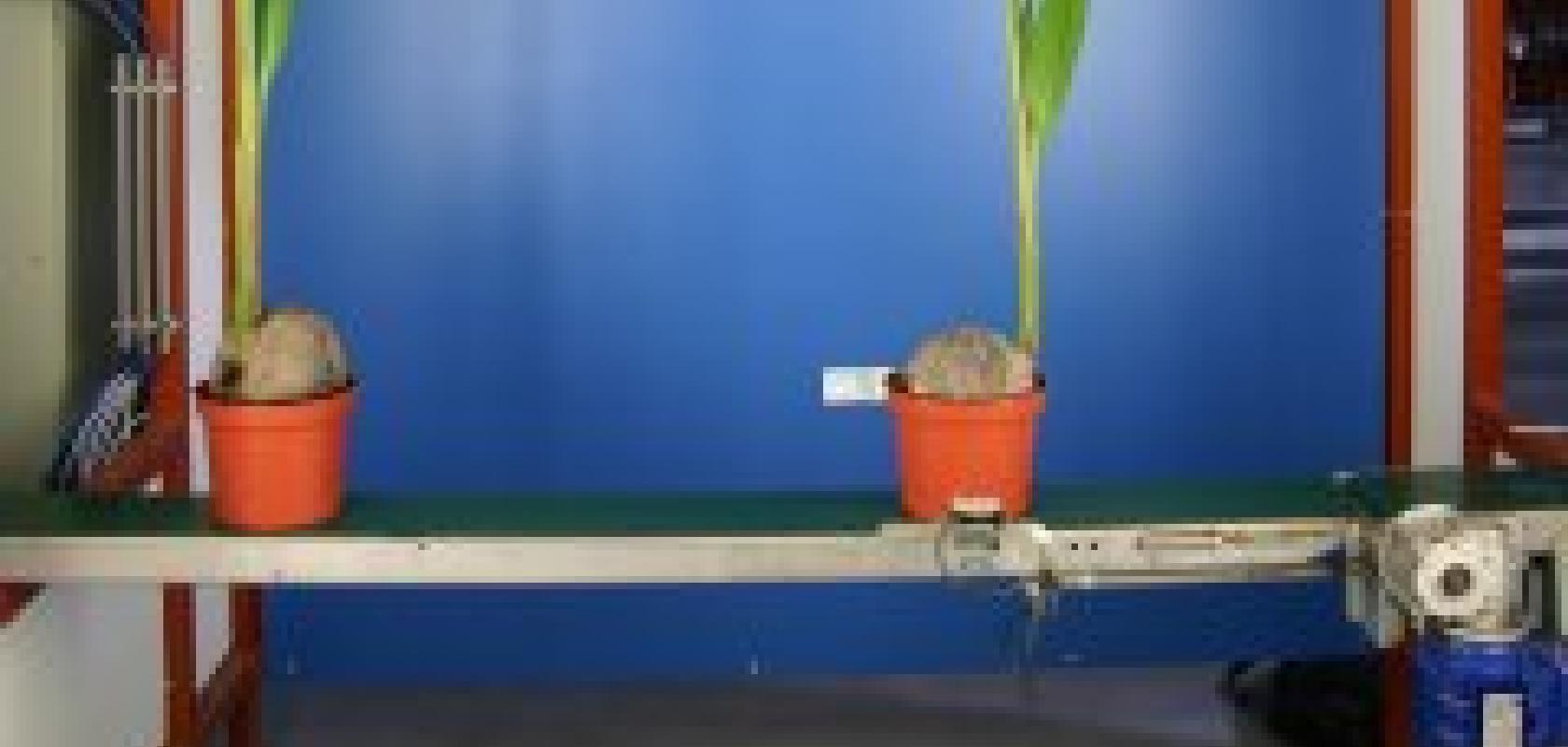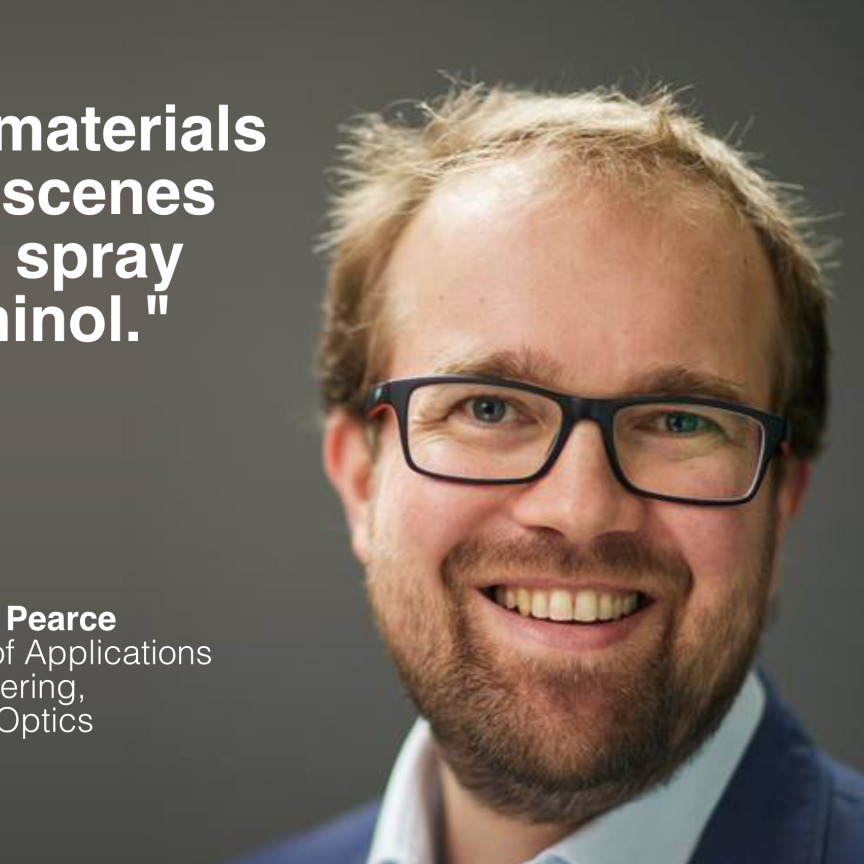‘Much depends on dinner,’ said Lord Byron in Don Juan. Some £70 billion a year in the UK alone, according to the UK Food and Drink Federation. A health scare can cost a food producer millions in recalling the unwanted products. The weight of responsibility is not just financial either. Our health and wellbeing depend on the food we eat, and as consumers become more conscious of what they are eating, food manufacturers must keep pace by imposing increasingly stringent standards on their produce.
These developments are reflected in the sophistication, intelligence, and originality of the technology deployed in the factories. The consequences of a foreign object, such as a chip of glass or metal, working its way into a meal could be devastating, both for the consumer and the producer. Many big chains like Marks and Spencer in the UK now use x-ray vision to detect any suspicious objects before they leave the factory.
X-ray vision has gained popularity in this area for a number of reasons. It is not affected by transparency, so it could see a glass splinter even though opaque packaging, and is also quicker than visible imaging, so it is often used at many stages of the production line to provide absolute certainty that the product is fit for consumption.
Because it differentiates between densities, x-ray vision can also be used in the processing of meat itself, to guide the removal of bones from fillets, for example, or in the separatation of vegetables from stones and dirt.
‘The new x-ray systems can work at higher speeds with higher resolutions,’ says Tim Stokes, general sales manager at Hamamatsu, who provides the sensors for these kinds of applications. ‘They can see smaller contaminants. The higher sensitivity goes hand in hand with speed.’
Of course, the absence of contaminants is just one of many criteria for providing high-quality, edible food. Modern culture dictates that everything we buy must be standardised, uniform and homogeneous. One tomato must be the same size, colour, and shape as the next, as if it were indeed manufactured, rather than merely processed, in a factory.
To pick out the fine variations in shape and texture, visible-light sensors are necessary, although IR imaging has found an ingenious application in picking out bruises under the skin of fruit.
In fact, this technology is often employed before the fruits are even harvested. It may seem unlikely that dark, warm, humid greenhouses full of sprouting coconuts would ever house the latest in vision technology, but Vision Components has recently provided smart cameras to Kwekerij G Verkade in the Netherlands.
The plants are carried past a test cell that sorts the plants according to size and the colour of their leaves. Diseased plants with brown, spotty leaves are disposed of, ripe plants are sent away for harvest, and the others are placed for storage. The system increased efficiency, in terms of savings in the money spent on diseased plants, the space they required, and the number of workers employed.
Jan-Erik Schmitt, sales manager of Vision Components, explains the difficulties of such an intelligent system: ‘One of the problems is how to create a test cell with constant conditions. It can be complicated; No plant looks exactly like another plant, so you need to reduce the negative effects like the lighting conditions and where the camera is positioned on the conveyor belt.’
The camera deployed, the VC2065EC, was one of the first smart cameras with a 24-bit true colour SVGA display, so it was ideal to meet the demands. The CCD colour sensor with a 782 x 592 pixel resolution had a frame rate of 45fps – comparable to a similar black and white camera – but also had excellent image processing capabilities.
‘The increase in computational power has increased the possibilities of applications, especially with sorting’ says Schmitt.
It seems that smart cameras are ideal for food processing, both in and out of the factory. In a potentially messy environment, their small and compact package, with few wires, external units or moving parts, has made them highly desirable. It is for this reason that Vision Components has also provided the cameras to salmon factories in Denmark and Iceland. 
Salmon are 'weighed' using a complex vision system from Vision Components
A laser line lies across the fillets, and from the deformations caused by the shape of the fillet, the camera can map the 3D shape and volume to work out the portions and positions at which to cut the slices.
It has to be very precise. Some cameras have a trigger mechanism that can vary between 0 to 70ms, which may not seem much but in the high -speed processing line could still significantly alter the weight of the fillet. The VC2065EC has a constant capture delay, making it much more reliable for this application.
It seems that increased intelligence is an important feature of many vision systems used in the food industry. Firstsight Vision has recently worked with AEW Delford Systems to provide an intelligent bacon-slicer that can determine the type and quality of cut and cater for the percentage of fat when determining the weight.
This, too, uses laser measurement, and cameras that surround the slice on all sides to account for variation in the shape. It also analyses the structure of the meat, for the shape and distribution of the different parts, to grade it for different markets. It can even account for tiny effects such as the ripples in an exceptionally thin slice of bacon when calculating the volume. Overall, the installation of the system has led to a decrease in wastage, as the food producers can be certain that their products will be consistent with the weight that appears on the packet.
Firstsight Vision has seen many food applications, some of which make use of the Manto tool from the Common Vision Blox software. The software includes neural network algorithms that can learn to make a decision through trial and error, sometimes proving to be more effective than humans themselves.
Mark Williamson, director of Firstsight Vision, believes that, in the future, it may even be possible to account for variation in the weight of meat caused by the season of the year, or to find cysts in the meat that are full of pus – something that occurs so rarely it has so far been very difficult to train the system to spot. However, when they do occur it is very costly: the machines need to be sterilised, and any meat that may have been in contact would have to be destroyed, in case it spread the infectious bacteria. Williamson emphasised that this is only very speculative, but if technology and image processing develop at the rate it has been, it may one day be possible.
‘Food has been very difficult to crack because it’s organic [subject to variation],’ says Williamson. ‘With neural networks and support vector machining, it allows the system to deal with variation. We can measure lengths of features that you couldn’t put a calliper on.’
It may have been a difficult market to penetrate, but these developments are finally allowing machine vision suppliers to get their teeth into one of the biggest industries in the world.


